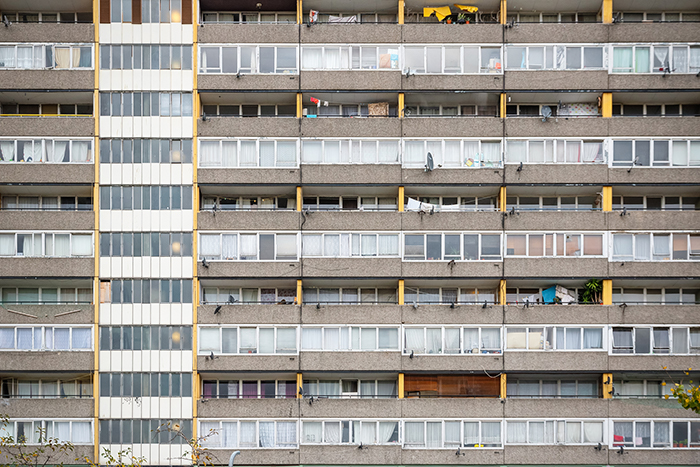Poor flu jab uptake linked to deprivation
In Clinical
Follow this topic
Bookmark
Record learning outcomes

The most socio-economically deprived communities have the highest rates of hospitalisation for flu-associated illnesses and the lowest uptake of flu vaccination, according to a study from Merseyside. People from the most deprived 20 per cent of the community were found to account for more than half of the flu-related admissions.
The researchers included people living in Merseyside who were hospitalised with flu-associated illness between April 2004 and March 2016. They also analysed uptake of the flu jab during the 2014/15 and 2015/16 seasons.
Flu-associated illnesses caused a mean of 4.9 hospitalisations for each 1,000 of the population a year. People in the most socioeconomically deprived quintile accounted for 53 per cent of the hospitalisations, which peaked in December and January. Patients aged 65 years and older and children younger than 24 months accounted for 33.5 and 24.1 per cent of the hospitalisations respectively.
Mean hospitalisation rates were highest in children younger than 24 months of age (51.3 per 1,000) and those 24-59 months of age (15.4 per 1,000).
In adults, hospitalisations for flu-associated illness were approximately double in the most socio-economically deprived areas compared with the least deprived areas (incidence rate ratios: 2.08 aged 15-39 years; 2.65 aged 60-64 years; and 1.90 aged at least 65 years). Hospitalisation rates varied less among children.
Children aged 24-59 months from the most socioeconomically deprived quintile were 30 per cent less likely to receive flu vaccination than those from the least deprived area.
The study could not identify the causes underlying the link between deprivation and flu but the authors conclude that, “designing effective vaccine policy and public health interventions that translate outcomes to health equity is critical”.
